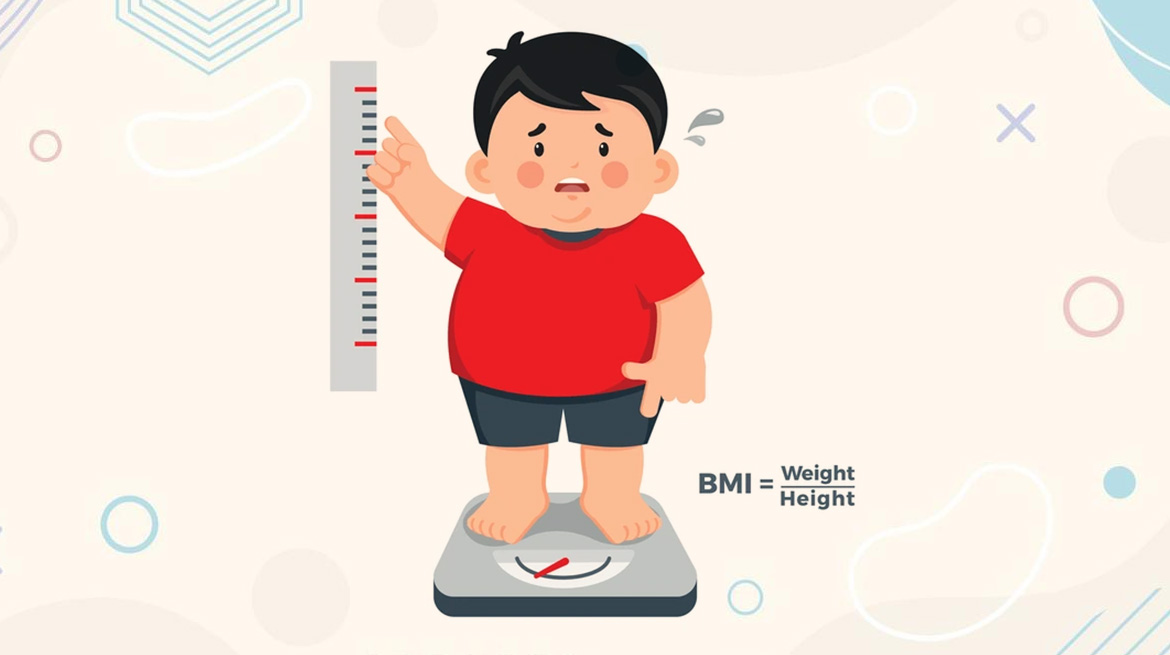Imagine a classroom where nearly one in every five children is struggling with obesity. This is not a distant reality but a present-day challenge in many parts of India. By 2030, it’s projected that 27 million Indian children will suffer from obesity. It ranks 99th on the list of 183 countries in terms of preparedness to deal with obesity and the economic impact of overweight and obesity is expected to rise from $ 23 billion in 2109 to a whopping $ 479 billion by 2060.[1] The future health of our nation is at risk, and the time to act is now. This alarming trend not only threatens the health of our youngest generation but also poses a significant burden on our healthcare system.
India faces a triple burden of malnutrition, stunting, wasting, and micronutrient deficiencies along with an increase in childhood overweight and obesity. India will contribute approximately 11% of the global burden of child obesity by 2030. [2] The latest National Family Health Survey (NFHS-5, conducted in 2019-21), the most comprehensive household survey of health indicators by Indian government, found that 3.4% of children under five are now overweight compared with 2.1% in 2015-16. Childhood obesity is surging at an alarming rate, posing serious health risks and impacting the well-being of our youngest generation.
What is Childhood Obesity?
According to the WHO; for Children under 5 years of age obesity is weight-for-height greater than 3 standard deviations above the WHO Child Growth Standards median. While for Children aged between 5–19 years obesity is BMI-for-age greater than 2 standard deviations above the WHO Growth Reference median.
Causes of Childhood Obesity in today’s era
Dietary Factors
One big reason kids today are dealing with obesity is what they eat. Our modern diet is filled with processed foods and sugary drinks that don’t give much nutrition but load on the calories offering calorie-dense but nutrient-poor meals. Fast food joints are popping up everywhere, offering meals that are quick and tasty but lacking in the good stuff that growing bodies need.
Physical Inactivity
Kids used to run around outside a lot more, but now, with all the cool gadgets and screens, they’re spending way too much time sitting down. Schools sometimes don’t have enough space or activities to get kids moving, which just makes things worse.
Socioeconomic Factors
Socioeconomic status plays a crucial role in childhood obesity. Families with limited resources may rely on cheaper, unhealthy food options. Urbanization has also led to a decrease in safe, open spaces for children to play and be active.
Genetic and Environmental Factors
Some kids are more likely to become obese because of their genes, but how they grow up really matters, too. If a kid’s family eats lots of unhealthy food or doesn’t stay active, that sets them up for problems with their weight.
These factors all add up to a big challenge for kids today, making it harder for them to stay healthy and fit.
Consequences of Childhood Obesity
[3]
Health Risks
Obese children are at a higher risk of developing chronic health conditions such as type 2 diabetes, hypertension, and cardiovascular diseases and metabolic syndrome. These health issues, once considered adult problems, are now affecting children at younger ages.
Psychological Impact
The psychological effects of obesity can be profound. Children who are obese often face bullying and social isolation, leading to low self-esteem, depression, and anxiety.
Economic Burden
The economic impact of childhood obesity is substantial, with increased healthcare costs for families and the broader health system. Managing obesity-related health issues can strain financial resources and limit opportunities for affected children.
Current Efforts and Challenges
What are India’s Initiatives Related to right Nutrition?
- Eat Right India campaign
- Fit India Movement
- My plate for the Day
- Eat Right Station Certification
- Mission Poshan 2.0
- Mid-Day Meal Scheme
- Poshan Vatikas
- Integrated Child Development Services (ICDS) Scheme
Challenges
Despite these efforts, numerous challenges remain. Cultural factors, such as traditional dietary practices, fast food eating and a preference for sedentary lifestyles, can hinder progress. Additionally, there is a need for more comprehensive data to accurately monitor and address the issue.
Solutions and Recommendations / Way forward
India can draw valuable lessons from developed countries to tackle its growing childhood obesity issue. Key strategies include establishing regular monitoring and a nationwide database to track obesity trends and related health conditions. Parents play a critical role in shaping their children’s eating habits and lifestyle choices. Encouraging parents to provide balanced meals and limit sugary snacks can significantly impact a child’s risk of obesity.
Health education should be integrated into routine healthcare, using media and culturally relevant methods to promote healthy lifestyles. Community engagement is crucial, with initiatives like health walks, nutrition workshops, and safe routes for children to walk or bike to school. Additionally, Policymakers should consider regulating advertising of unhealthy foods targeted at children and ensuring urban planning includes safe, accessible spaces for physical activity. These measures can create an environment that supports healthy living. These combined efforts can help India promote healthier living among its young population.
Conclusion
Childhood obesity in India is a complex issue that requires a multifaceted approach. By addressing the root causes and implementing effective interventions, we can work towards a healthier future for our children. Let’s take action now to ensure that every child has the opportunity to grow up healthy and strong.
The bottom line: “Act Now: Early prevention is key in tackling obesity.”
- Lobstein T, Jackson-Leach R, Powis J, Brinsden H, Gray M. World Obesity Atlas 2023. World Obes Fed [Internet] 2023;(March):5–25. Available from: www.johnclarksondesign.co.uk
- Obesity and overweight [Internet]. [cited 2024 Jul 16];Available from: https://www.who.int/news-room/fact-sheets/detail/obesity-and-overweight
- Consequences of Obesity | Overweight & Obesity | CDC [Internet]. [cited 2024 Jul 16];Available from: https://www.cdc.gov/obesity/basics/consequences.html




